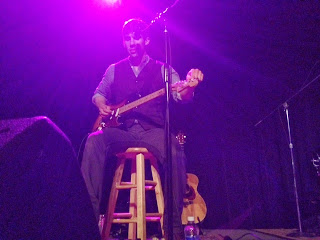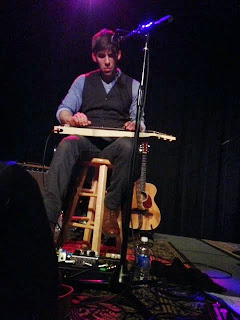




For years, there has been a big push to minimize stage volume in church. Minimize, in some cases may be the wrong word, eliminate is probably more appropriate. The reason for eliminating stage noise from loud guitar amps and drums is to give the sound man more control over the balance and volume of the music. We have all jammed with another guitarist where you both rotate turning your own volume up so you can hear yourself until it is so loud that you really cant hear anything.
With your guitar amp on stage, the sound man must balance the level of the music to the stage noise you are creating, which in some cases is blaring loud. The great thing about running your amp off stage in isolation is that you can achieve the appropriate volume level where your amp sounds best. I play a Deluxe Reverb where the volume tends to sound best over 5 or 6. It gives it just enough drive to respond to when you dig in. Now if I had to play that loud on stage the sound guy would want to blow my amp up. For you cats who use AC30's or other louder amps, this is a big deal, since the amp sounds better the more it is opened up. When you are worrying about stage volume, you do not get to open up your amp.
I'm not 100% for having your amp off stage, I would much prefer having my amp with me and at the volume level I like. There is nothing like actually feeling your amp while you are playing and allowing your amp to respond to the pickups in your guitar. Your pickups also pickup the sound of your amp (known as feedback) and can be a very musical tool for you to use. But if I cannot set it at the volume level that makes my amp sound best, I'm all for having my amp off stage.
A couple of hints for running your amp in an iso cab:
#1 Set your amps volume to where it is clean with just a bit of break up, when you use an overdrive you can actually overdrive the amp not just fake it clipping the pedal.
#2 Know how to place your mics:
http://dotted8thheaven.blogspot.com/2012/04/micing-your-amp.html
#3 Use an SGI for running long cable lengths. You lose signal the longer your cable run is and have a greater chance for picking up noise. Using an SGI can help retain your signal.






















